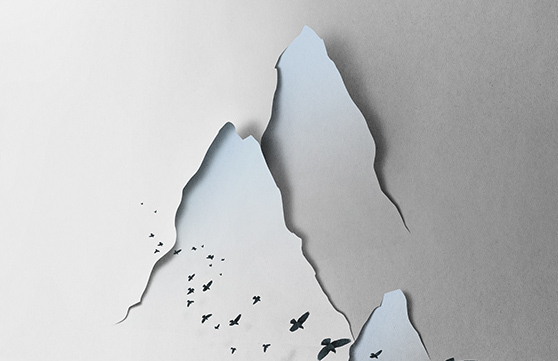The reason for that is because Blender can be used for all stages in the pipeline http://www.upcomingvfxmovies.com/wp-content/uploads/2014/03/3d_production_timelines.jpeg
The program is vast, but it’s not the interface that is hard to learn. It’s relatively easy and these will get you going with that
https://www.youtube.com/playlist?list=PL0AfIdK08E7_PKsXOO_yuAql9b3hdcwPR
And it’s even easier when you don’t have preconceived notions on how it should work like a person that is coming from other programs or fields might have, and would have to pay attention on how to learn it http://nimblecollective.com/learning-blender-why/ https://www.youtube.com/watch?v=CqSEtTF8hPE&feature=youtu.be&t=527
The hard part is to learn the fundamentals and advanced topics in the pipeline stages you need, which are universal, and to combine that knowledge with the tools you know into a workflow. There usually are multiple workflow options, which is why everyone models differently, and also why no one else can answer a question that starts with “what is the best way to…”
What you’re showing is relatively simple. From the pipeline you would need design, modeling, texturing, lighting and rendering. If you try to replicate an existing design, like the one you’re showing, you could jump to modeling. If you make your own, start with the design first without necessarily opening Blender and once that is done, then continue with modeling.
You don’t need to crawl through the mud by yourself. Could ask help to get unstuck. That requires some skill though, which is to understand that it’s not enough for you to describe your problem.
If you spend any time at all in Blender preparing something, anyone who tries to help will need to understand the problem and have the access to the same assets and settings you used to get yourself stuck. That means that if you spend two days doing something and hit a snag, the person answering will have to catch up in minutes, and it’s only possible to give 100% accurate answers when having the same information as you do. That’s because, if you paid attention, there are multiple ways to do things.
It’s not hard though. Use full interface screenshots to help you explain the problem, and also prepare an example .blend file that demonstrates the problem, every time.
Don’t annotate the screenshots, use it to help you explain. Do it right and it saves you a lot of writing and time. You can highlight things that are important but not obvious in it, but people who see it have the gift of eyesight so you don’t need to waste time pointing out everything. Sentences like “here’s an image:” are especially stupid.
Preparing a .blend doesn’t mean you have to share everything you have. You can remove or replace things that are irrelevant or things you can’t share. It needs to have enough to demonstrate the problem.
Tutorial linked in my signature shows more on why and how to prepare a post.

